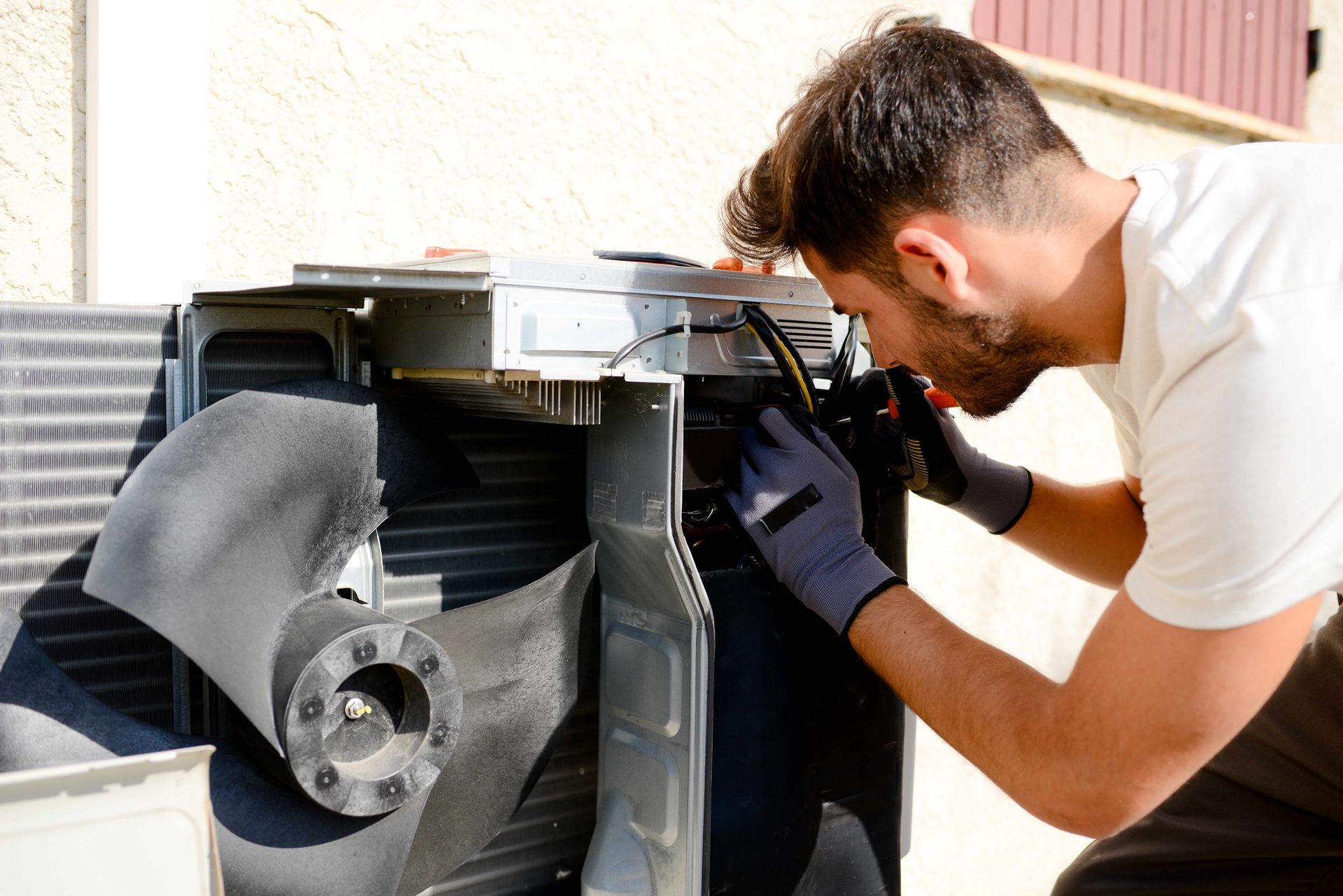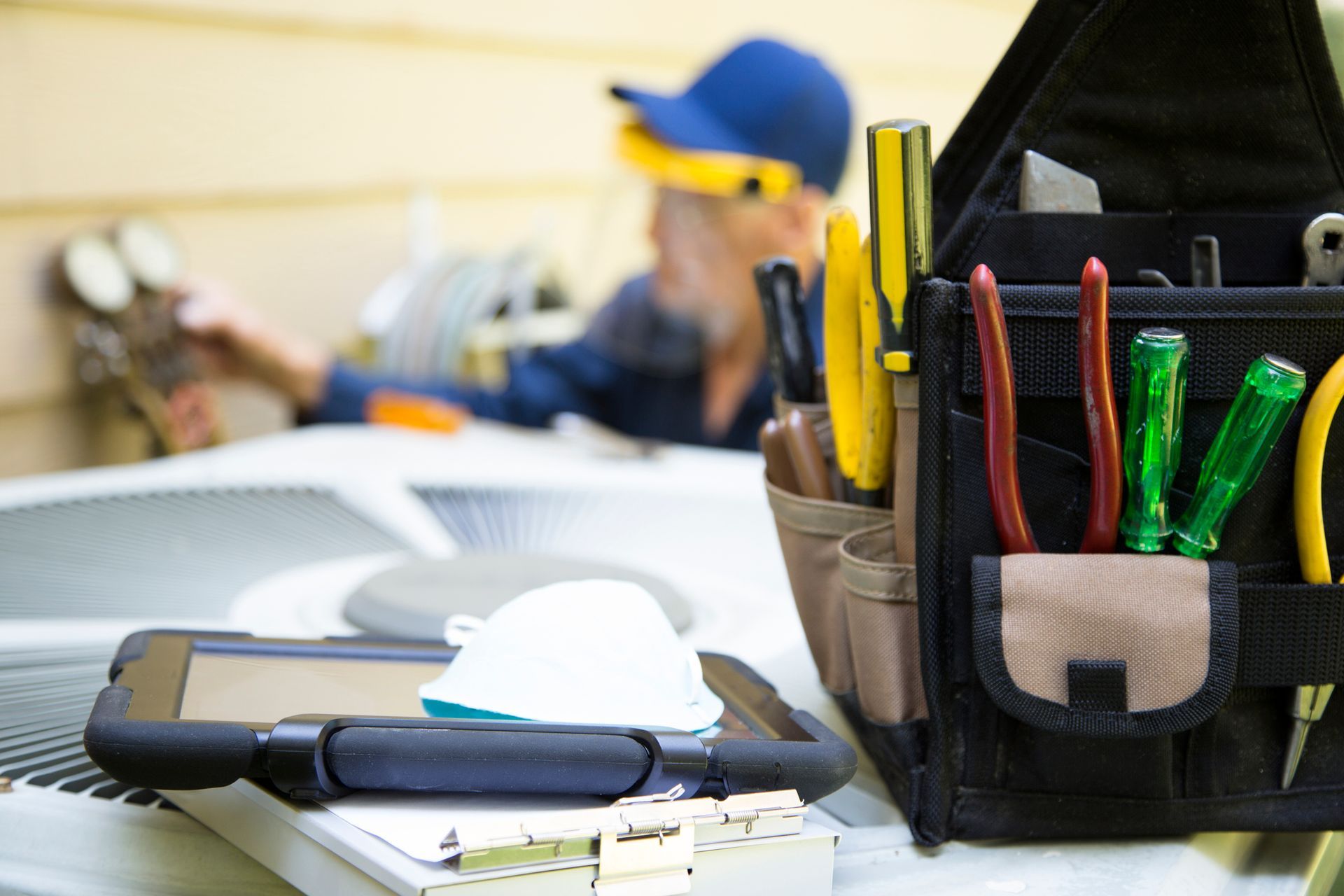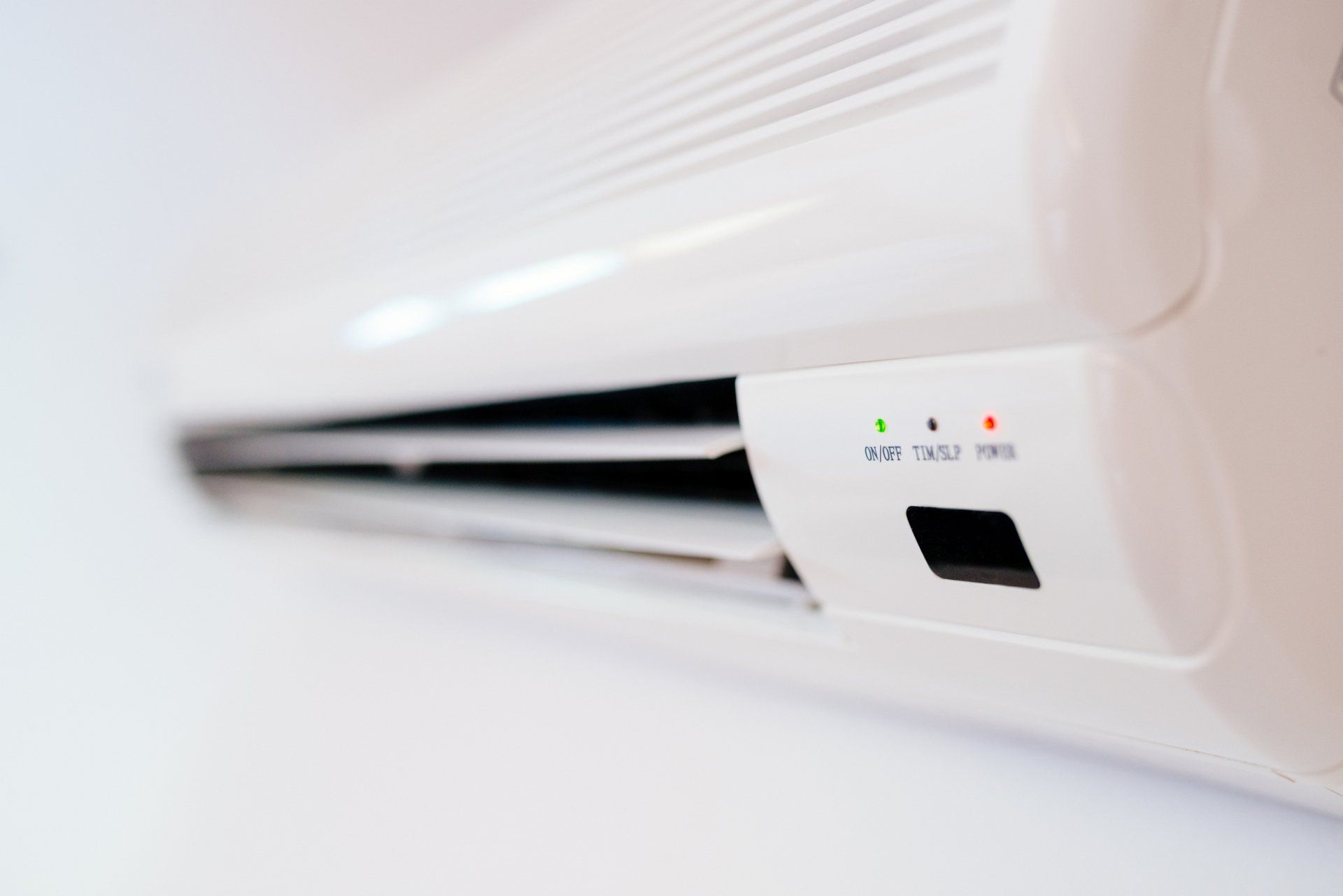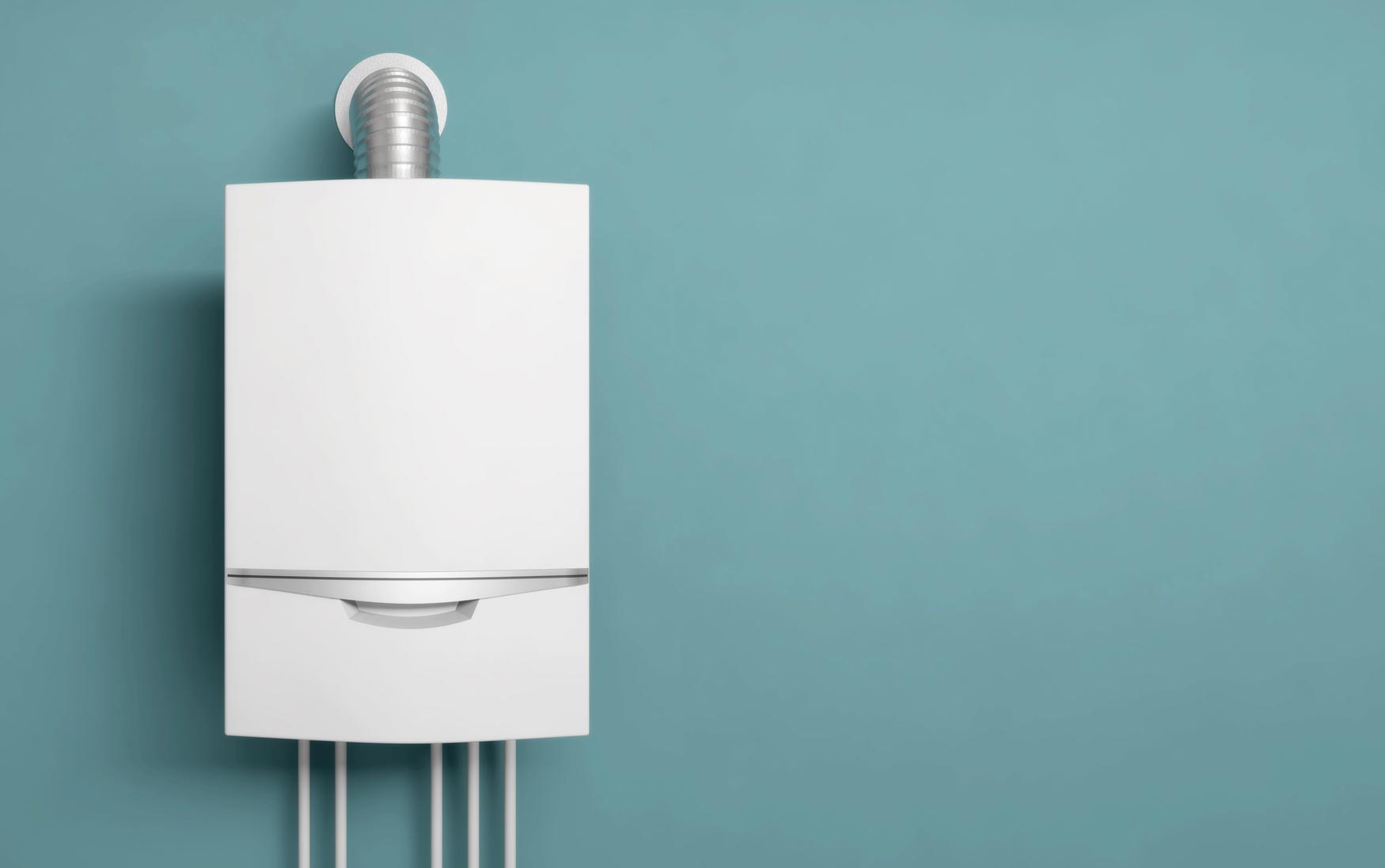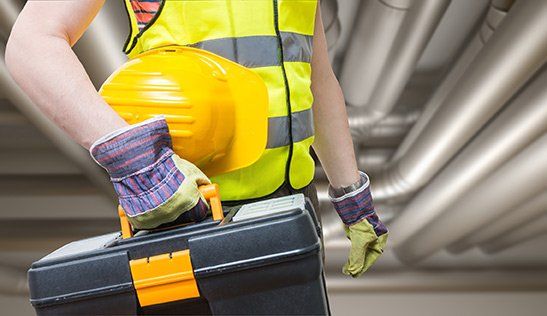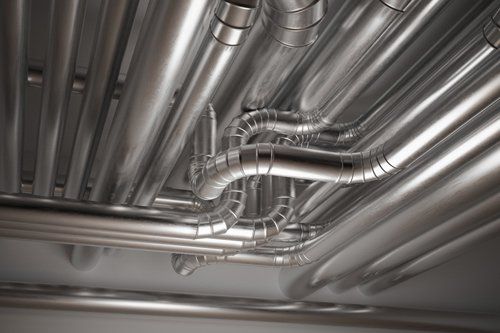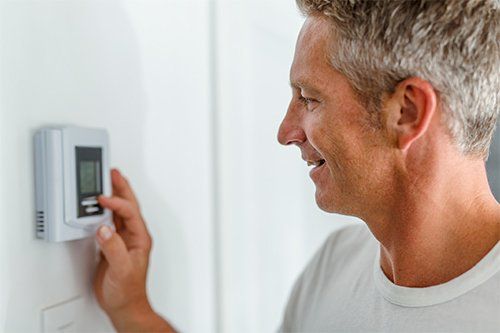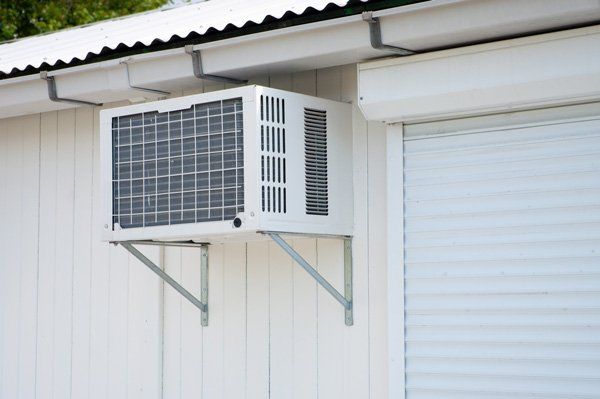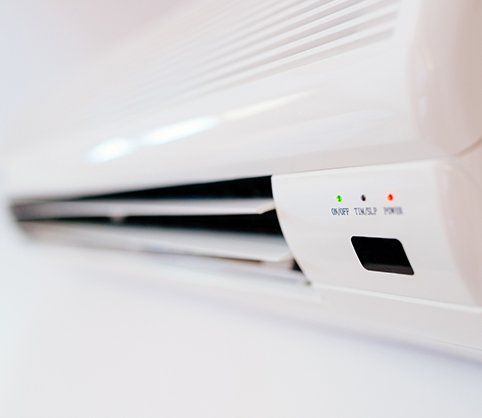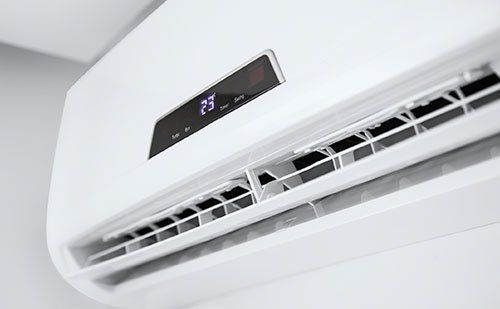
Your heating, venting and cooling system is responsible for keeping your home cool when the temperature rises and warm when temperatures decline in the winter. When it's working properly, most homeowners don't give their HVAC systems a second thought.
However, if you're experiencing issues, you may wonder whether you need to simply repair your system, or whether it's necessary to replace it. To give you an idea, here are five common signs that it's time to replace your HVAC system.
Age
The age of your HVAC system is one of the easiest ways to tell if it's time to replace it. If it's near the end of its lifespan and you find that it's having problems, then it's likely best to install a new one.
The average lifespan of your heating and cooling system depends on the model. Older models last for an average of 10 years. If you have an older model and you're at or beyond the 10-year mark, contact Robert L. Shealy Heating & Air Conditioning
for help choosing a new system.
Newer HVAC models tend to last longer-on average about 10 to 15 years. Check the model HVAC system you have to determine its lifespan. If it's only halfway through its average lifespan, you can likely repair it.
Frequent Repairs
In the automotive industry, a lemon is a vehicle that has several defects or issues that end up requiring continual repairs. Faulty HVAC systems aren't uncommon, therefore it's possible to have a lemon. If your system isn't near the end of its lifespan, yet you find that you keep having to have it repaired, you may have a faulty system.
Having a faulty HVAC system is much like flushing money down the toilet since you'll have to keep repairing your unit repeatedly in a short period of time. If you have a faulty HVAC unit, it's best to replace it.
Inconsistent Temperatures
If you notice that lately some rooms in your home are too hot, while others are too cold, it may be a sign that your HVAC system is worn out. As components of your heating and cooling system deteriorate, your system can't keep consistent temperatures throughout your home.
Schedule to have a technician come out and perform a diagnostic on your system to help determine whether you're experiencing a repairable problem. If your thermostat is working properly and your filters and ducts are clean, you shouldn't experience inconsistent temperatures throughout the home.
Significant Increase in Energy Bills
As your HVAC system breaks down, you'll notice that your energy bills increase, as it requires more energy to cool and heat your home. Check to ensure that there isn't any leafs, dirt or debris accumulated around your unit if it's outdoors.
A dirty filter, a bad blower or other faulty component can also lead to increased energy bills. If your components are working properly and your system is just worn out, you'll need replace it.
Excess Dust Throughout the Home
Another sign of a system in need of replacing is excess dust throughout the home. A worn out system will produce a lot of dust that is circulated throughout the home. If excess dust is a new problem and your filter isn't old, it's commonly a sign that you need to replace your system.
Before replacing your HVAC system, it's always a good idea to schedule to have a technician come out and check your system. You wouldn't want to replace it if the problem is repairable. A trustworthy HVAC specialist will let you know the condition of your system and whether replacing it is the best option.
